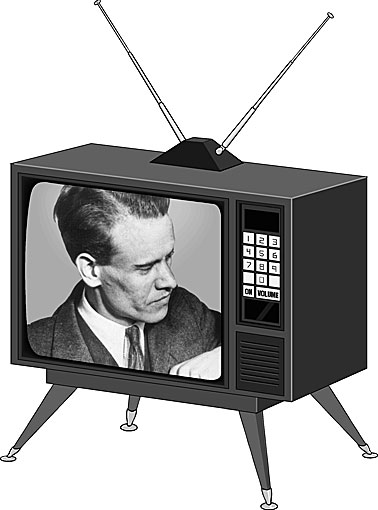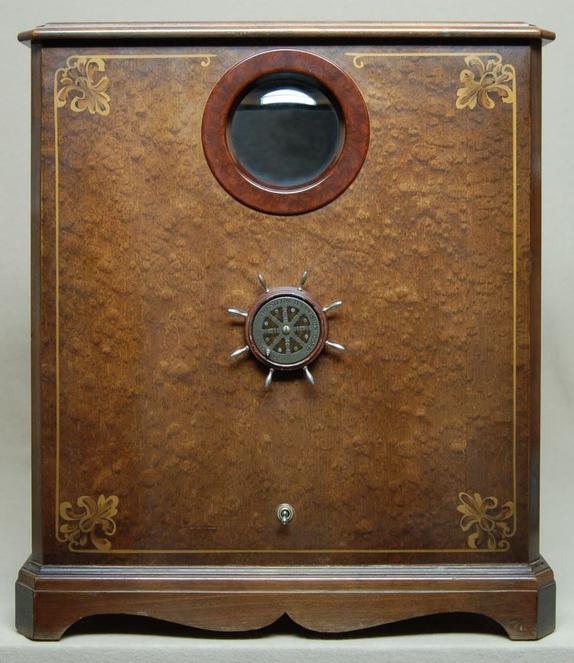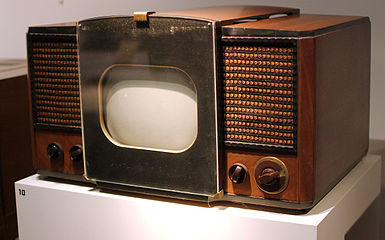THEATRE GAME
Improves cognitive reflexes and attention span
"The Remote"
You will need: a “remote control” which can be a blackboard eraser or any small rectangular object. You can write on the blackboard the different television programs, including commercials.
One student sits in front of an imaginary television “screen” while one or two students are facing him/er (in the tv) and act out the different programs.
This excellent theatre game can be played at various levels. For young students or ESL keep it simple, with simple programs: one child is the television and one child clicks the remote. The one watching must not change too quickly, so the student playing the different stations has time to act out the program. The audience can also suggest programs.
If you have wo television actors, they must play off each other: If Actor A speaks about the storm coming in, Actor B will point to an invisible map and show the storm descending with wide movements. They can both be "blown" off stage. For a cowboy movie if A jumps on a horse, B also jumps on a horse in pursuit. If it's a cooking channel one explains while the other chops...
PHONICS, VOCABULARY and IRREGULAR VERBS
(Please refer to the Sample Lesson for the exercises)
That, These, This, Those, Thus - Thank, Think, Thought, Through, Thrust
Could, Good, Would, Hood, Should, Stood - Cannot, Could not, Would not, Shall not, Should not
CONJUGATE: To make, To grow, To cut
Yesterday I ___ Today I ___ Tomorrow I will ___
IMPROVISATION / DIALOGUE
Two actors
A orders a pizza over the phone. Depending on the age group or language level make order simple or complicated, with side orders, drinks and so forth. A is grumpy, complains how long it take for the pizza to be delivered. S/he sits, picks up the remote to watch television, but the television will not turn on.
A finally gets up and walks to it, pushes buttons, shakes it... The pizza deliverer B rings the doorbell, and when s/he gets no answer walks in, puts the pizza down and asks if s/he can help. A won't let him/her help. Finally A gives up, disgusted, throws the remote on the chair and walks out of the house. B looks behind the television, plugs it in, picks up the (imaginary) cat behind the television that pulled the plug, picks up the remote, takes a slice of pizza sits down and turns the television on.
Here the students can ham it up with a cat, how do they catch it, hold it, reassure it and sit with it. Ask the cat what it wants to watch...One must really feel there is a cat!
TONGUE TWISTER
I thought a thought but the thought I'd thought wasn't the thought I thought I'd thought.
Kelly can call Kate but can't call Carl, Kurt can call Carl but can't call Kate, while Kate can call Kelly and Carl.
TELEVISION FACTS
The concept of the television appeared in the late 1800s with German inventor Paul Nipkow. It was called “The Electric Telescope”.
Russian scientist Constantin Perskyi coined the word "television" in the year 1900.
First American television station started working in 1928, and BBC transmission began in 1930.
In 1941 twenty seconds of air time was $9. Today, prices can cost almost $3 million for thirty seconds in the Super Bowl half-time break.
It is estimated that by the time average American child reach age 14 it sees around 11,000 murders on the television. By the age 18, that number goes to 200,000.
‘The Queen’s Messenger’ is believed to be the first television program in America, broadcast by WRGB station in 1928. It was broadcast to the 4 television sets, or "Visionettes" in existence at the time.
Lesson Plan
ORIGAMI CRANE
Mobile sculptures
Visionette 1928
1949







